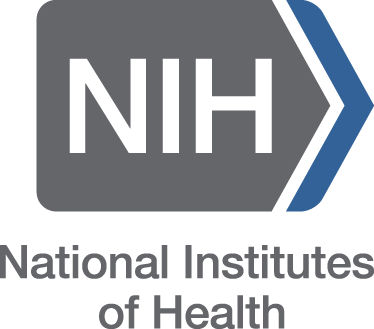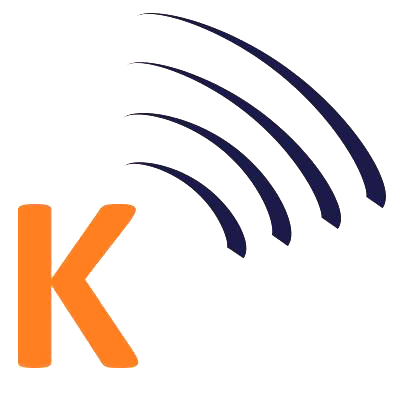TRANSFORMING HOSPITAL OPERATIONS IMPACT OF DISRUPTIVE TECHNOLOGIES ON PATIENT RECORD MANAGEMENT AND ACCELERATING HOSPITAL CARE
DOI:
https://doi.org/10.63001/tbs.2024.v19.i02.S.I(1).pp693-697Keywords:
Disruptive Technology, Artificial Intelligence, Hospitality, Patience, Life ScienceAbstract
Improved patient care, easier access to healthcare, and lower healthcare expenses are all possible outcomes of disruptive
technology that hospitals may use to better maintain patient records. Technologies that are causing a paradigm shift in
healthcare include: Bracelets with embedded sensors—These wristbands have the potential to store sensitive patient data,
including names, dates of birth, blood types, and allergies. Along with monitoring patients, they may also follow caregivers
as they attend to their needs. Tags that use radio frequency identification (RFID) technology are commonly attached to
lanyards and wristbands worn by healthcare workers. In addition to accessing medical information, they let doctors monitor
their patients' whereabouts and condition in real time. Among the many potential applications of artificial intelligence (AI)
in the medical field are: As a second opinion on diagnoses, AI can evaluate massive volumes of picture data for image reading.
Analytics: Preparing for medical crises is made easier with analytics tools powered by AI. Providers of chatbot services:
These digital assistants can field questions from patients via social media and websites. You may also use them to analyse
data and keep track of patient health information. The term "patient portal" refers to a set of protected web applications that
facilitate two-way communication between patients and their healthcare providers. Two forms of artificial reality systems
augmented and virtual, utilizing augmented and virtual reality technology, patients may better understand their health data
and keep tabs on their condition. The research was conducted in hospitals in Bangalore location in India and total of 225
samples are collected from the age group of 18 years to 60 years of age. The variables are disruptive technology, patience
health reports, patience user friendly, patience health monitoring and dependent variables patience satisfaction.






























